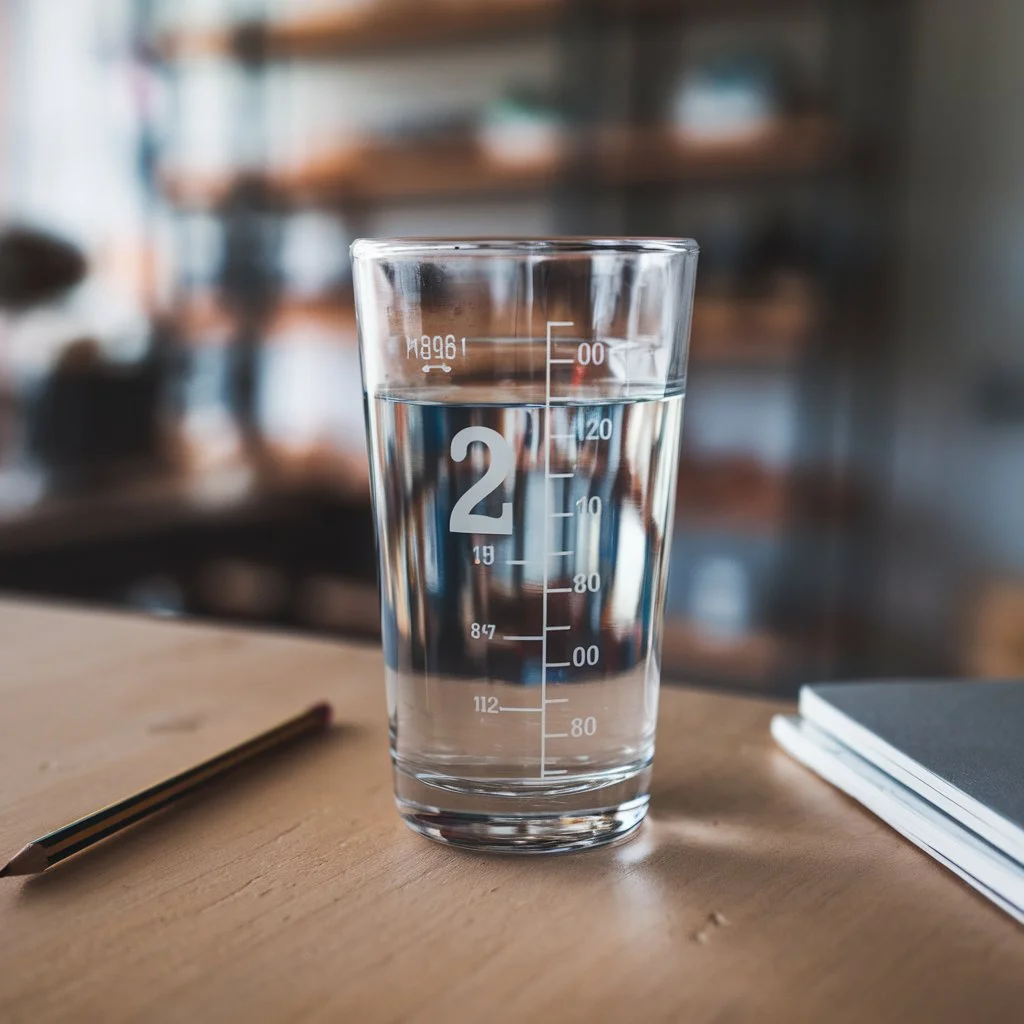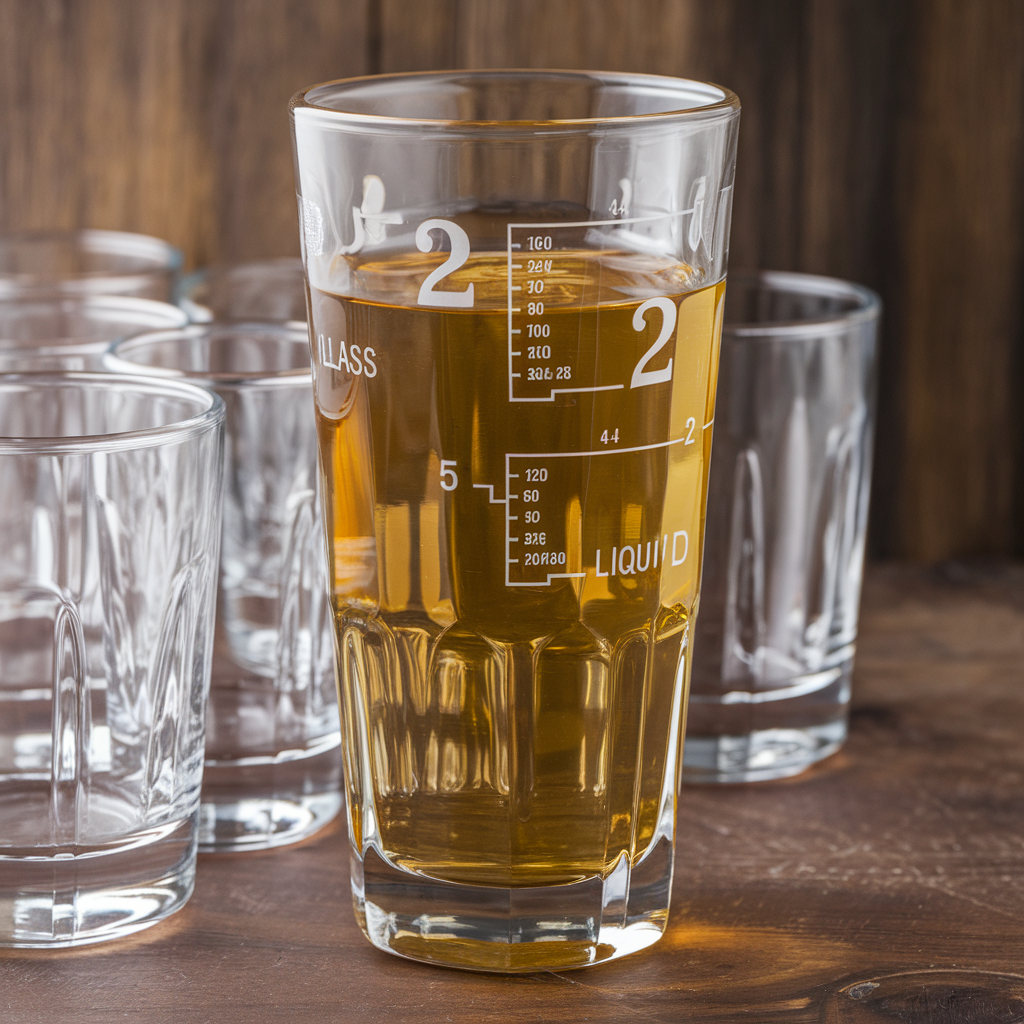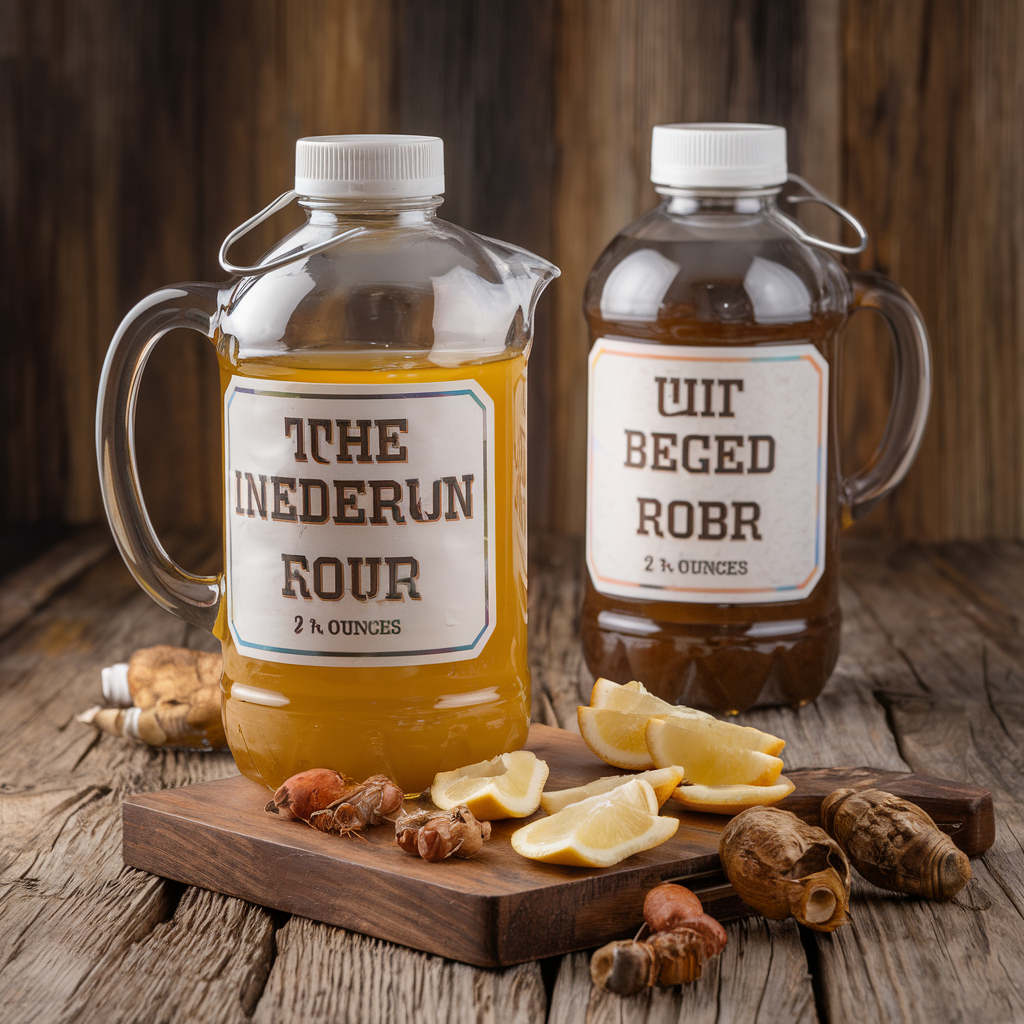Introduction
Understanding measurements is essential in various aspects of life, from cooking and baking to science and health. One common question that arises is: “How many ounces are in 2 liters?” This inquiry is especially relevant for those who frequently deal with liquid volumes, whether it’s for recipes, fitness tracking, or purchasing beverages. In this article, we will explore that How many Ounces in 2 Liters, the significance of these measurements, and some practical applications.
Understanding the Basics of Volume Measurement
What Is a Liter?
A liter (or litre) is a metric unit of volume that is widely used around the world. It is defined as the volume of a cube that measures 10 centimeters on each side. The liter is a standard unit in the metric system and is commonly used in scientific, culinary, and everyday contexts.
What Is an Ounce?
An ounce is a unit of volume in both the imperial and U.S. customary systems. There are two types of fluid ounces commonly referenced:
- U.S. fluid ounce: Used primarily in the United States.
- Imperial fluid ounce: Used in the United Kingdom and other countries that follow the imperial system.

If you are interested in Hutch Tech and want some information about Hutch Tech Female Students then check out our previous blog post.
Conversion Factors: Liters to Ounces
U.S. Fluid Ounces
To convert liters to U.S. fluid ounces, the conversion factor is:
- 1 liter = 33.814 U.S. fluid ounces
Imperial Fluid Ounces
For the imperial system, the conversion factor is slightly different:
- 1 liter = 35.195 Imperial fluid ounces
Calculation for 2 Liters
To determine how many ounces are in 2 liters, we can use the conversion factors mentioned above.
For U.S. Fluid Ounces:
2 liters×33.814 ounces/liter=67.628 U.S. fluid ounces2 \text{ liters} \times 33.814 \text{ ounces/liter} = 67.628 \text{ U.S. fluid ounces}2 liters×33.814 ounces/liter=67.628 U.S. fluid ounces
For Imperial Fluid Ounces:
2 liters×35.195 ounces/liter=70.39 Imperial fluid ounces2 \text{ liters} \times 35.195 \text{ ounces/liter} = 70.39 \text{ Imperial fluid ounces}2 liters×35.195 ounces/liter=70.39 Imperial fluid ounces
So, in summary:
- 2 liters = 67.628 U.S. fluid ounces
- 2 liters = 70.39 Imperial fluid ounces
Conversion Chart: Milliliters to Ounces
To further assist with understanding liquid measurements, here’s a chart that converts milliliters (mL) to both U.S. fluid ounces and Imperial fluid ounces for various volumes, including the range up to 2 liters.
| Milliliters (mL) | U.S. Fluid Ounces | Imperial Fluid Ounces |
|---|---|---|
| 1 mL | 0.0338 oz | 0.0352 oz |
| 10 mL | 0.338 oz | 0.352 oz |
| 50 mL | 1.690 oz | 1.759 oz |
| 100 mL | 3.381 oz | 3.519 oz |
| 250 mL | 8.454 oz | 8.799 oz |
| 500 mL | 16.907 oz | 17.637 oz |
| 750 mL | 25.360 oz | 26.476 oz |
| 1000 mL (1 L) | 33.814 oz | 35.195 oz |
| 1500 mL (1.5 L) | 50.721 oz | 51.793 oz |
| 2000 mL (2 L) | 67.628 oz | 70.39 oz |

If you are interested in Hutch Tech and want some information about Hutch Tech Female Students then check out our previous blog post.
Practical Applications of Volume Conversion
Understanding how to convert liters to ounces has various applications in everyday life:
1. Cooking and Baking
Many recipes, especially those from the United States, use ounces as a standard measurement. Knowing how to convert liters to ounces allows you to follow recipes that may not use the metric system. For example, if a recipe calls for 2 liters of broth and you only have a measuring cup marked in ounces, knowing that you need approximately 67.6 ounces can save you time and effort.
2. Nutritional and Hydration Tracking
For individuals monitoring their fluid intake, whether for weight loss, hydration, or health reasons, understanding how many ounces are in liters can be vital. For instance, if a health guideline suggests drinking 2 liters of water daily, knowing that this equates to about 67.6 ounces can help in tracking daily consumption.
3. Beverage Packaging
Many beverages, particularly soft drinks, juices, and bottled water, are often sold in liters. Being able to convert these measurements to ounces can help consumers gauge how much product they are purchasing. For example, a 2-liter bottle of soda contains around 67.6 ounces, which is roughly equivalent to 5.5 cups.
4. Science and Laboratory Use
In scientific and laboratory settings, precise measurements are crucial. Researchers and lab technicians often need to convert between metric and imperial systems for various experiments and studies. Knowing how to convert liters to ounces can facilitate better communication and accuracy in measurements.
Visualizing the Volume
Understanding 2 Liters
To better visualize what 2 liters looks like, consider the following comparisons:
- Standard Water Bottle: A typical 1-liter water bottle holds about 33.8 ounces. Therefore, 2 liters would be equivalent to two of these bottles.
- Common Kitchen Measurements: A standard cup holds 8 ounces. Since 2 liters is approximately 67.6 ounces, it would be equivalent to about 8.45 cups.
Containers and Everyday References
To make it even easier to visualize:
- A 2-liter soda bottle is a common sight in grocery stores, providing a practical reference point for understanding this volume.
- A 2-liter container is also equivalent to about 4 pints or roughly 2 quarts, which can be helpful for cooking or serving purposes.
Conversion Tools and Resources
In today’s digital age, there are numerous tools available to assist with unit conversions:
- Online Calculators: Websites and apps can quickly convert liters to ounces and vice versa.
- Smartphone Apps: Many measurement conversion apps can perform calculations for various units, including volume.
- Conversion Charts: Having a physical conversion chart in your kitchen or workspace can provide quick reference points without needing digital tools.
Tips for Accurate Conversions
When converting liters to ounces, keep the following tips in mind:
1. Use the Correct Conversion Factor
Always ensure you’re using the correct conversion factor depending on whether you’re converting to U.S. fluid ounces or imperial fluid ounces.
2. Double-Check Calculations
Mistakes can happen during manual calculations. It’s always a good idea to double-check your work or use an online calculator for confirmation.
3. Context Matters
Understand the context in which you are converting measurements. In cooking, for example, precision can be essential, whereas in casual settings, approximations might suffice.

If you are interested in Hutch Tech and want some information about Hutch Tech Female Students then check out our previous blog post.
Conclusion
In conclusion, converting 2 liters to ounces reveals that there are approximately 67.628 U.S. fluid ounces and 70.39 imperial fluid ounces in that volume. This understanding is valuable in various practical applications, from cooking and nutritional tracking to scientific measurements and everyday convenience.
Knowing how to navigate between liters and ounces empowers individuals to interact with recipes, beverages, and health guidelines more effectively. Whether you’re preparing a meal, monitoring hydration, or conducting experiments, grasping these measurements will enhance your overall understanding and efficiency. Always remember to choose the right conversion factor based on your needs and to utilize available tools to make the process as seamless as possible.


